Search Our Site
Powder coating
Why choose powder coating?Liquid Painting
Quality Painting uses a full range of liquid paintsRefurbishment
Disassembly, Removal of dents, scratchesSurface Finishing
Masking, Packaging and light assembly.Metal Pretreatment
Conformance to non-RoHS chemical film specifications.Working Hours
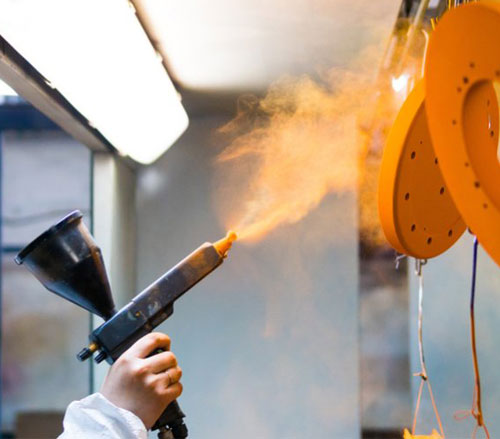
Powder coating benefits
- Durability – Powder coating is extremely long-lasting, resistant to chipping, scratching, fading and corrosion.
- Choice – With powder coating, your choice of colors is virtually endless – and we can offer you a wide selection of finishes including gloss, flat, matte & textures
- Price – Because powder coating produces less waste and fewer VOCs (volatile organic compounds), it’s faster, easier and less expensive for companies to comply with EPA rules and regulations
- Environmentally friendly – Unlike liquid finishes (which contain solvents and other pollutants), powder coating does not release high quantities of harmful VOCs into the atmosphere and is therefore safer for the environment.
Have questions about your powder coating project?
Call us today to speak to a specialty coating expert about your powder coating project.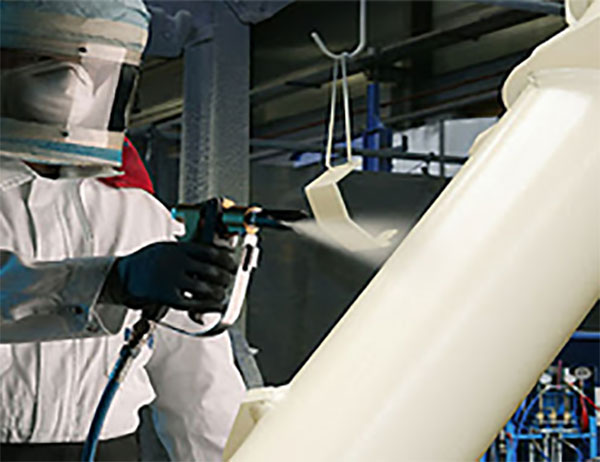

Liquid
Painting
In addition to our powder coating services, we offer customers in MN wet spray coatings for parts, automotive needs and finishes for military, industrial, aerospace and many other individual clients.
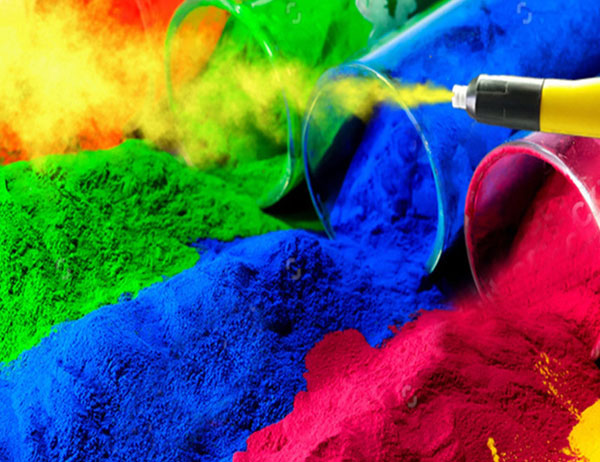

Powder
Coating
Our powder coating services involve applying a powder made of fine particles and resin to a surface using an electrostatic charge. The result is a uniform, durable and high-quality finish.
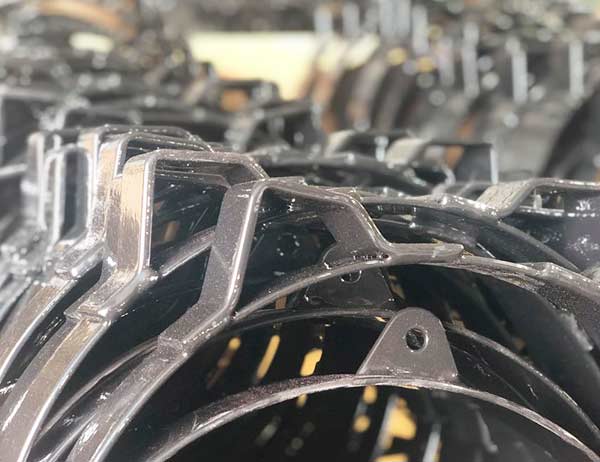

Industrial
Finishing
We offer industrial finishing for parts and equipment used in the medical, industrial, electronic, telecommunications, appliance and military industries. We offer complete service, from prototype to production.
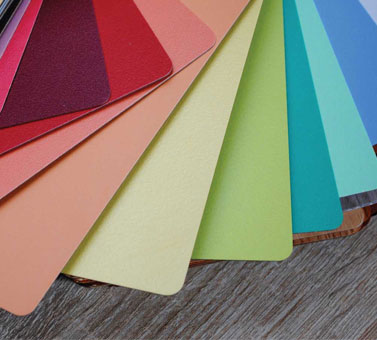
Who We Are
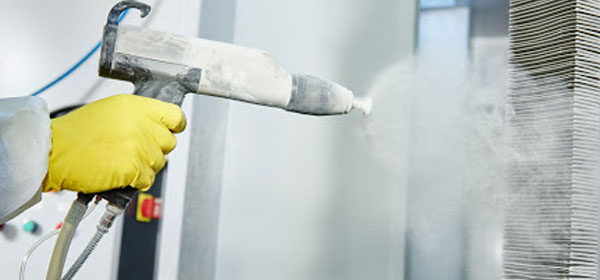
At Quality Painting and Metal Finishing, we provide our customers with service that consistently surpasses their most demanding requirements and highest expectations. We run both liquid and powder lines with a particular focus on service with standard lead-times of 3-5 business days. We welcome small lots, odd sizes, and unusual jobs. Allow us to improve the look and value of your products – and surpass your demanding expectations.
Read More
Frequent Questions
Is powder hazardous waste?
Practically all powder coatings are not hazardous waste by definition of the Resources Conservation and Recovery Act regulations (RCRA). Disposal methods for waste powder are the same as for non-hazardous wastes, in most states. However, there may be some exceptions and your powder supplier should be contacted regarding proper disposal. Always renew disposal needs with the local authority having jurisdiction over your facility location.
How do you know if powder is cured?
There are two conditions that must be met to achieve proper cure of a powder coating. The first is temperature, referred to as metal temperature, and the second is time. The time/temperature requirements of a particular powder material must be achieved to obtain a full cure. A cured thermoset powder coating will not re-melt upon further heating. To ensure proper time and temperature it is often best to test using a Datapaq or similar device to provide actual performance data.
Does particle size make a difference in powder coating?
Particle size plays an important role in the application process. Size distribution affects many other properties critical to consistent performance including: fluidization, powder transport in hoses, uniform cloud density, powder movement in air, electrostatic charging, deposition and build rate, transfer efficiency, Faraday cage penetration, wraparound, and film smoothness. Size distribution produced by the powder manufacturer must take the coating system design and anticipated changes into account to provide a suitable product. Final cured surface appearance may also be affected by the particle size distribution and flow rate.
Are there powders for interior or exterior use?
One of the most important considerations in defining the end use performance is weatherability. Outdoor exposure results in absorption of ultraviolet energy. This energy can attack the organic binder and result in gloss loss and color change. Due to a tendency to chalk, epoxies and epoxy containing hybrids are generally not recommended for outdoor use when aesthetics is a primary concern. Polyesters and acrylics on the other hand provide excellent UV light stability and typically find use in architectural, automotive, lawn and garden as well as outdoor furniture markets.
How do I select the proper coating for my application?
The selection of a coating should be undertaken as a cooperative effort between the end user and the powder formulator (supplier). In developing a coating for a particular application, the formulator must consider a number of factors. As an example, if the coating requires high pencil hardness and mar resistance along with weatherability, then flexibility may be reduced. If superior chemical resistance is required, then weatherability and over bake yellowing resistance can be compromised. Other considerations may be cure time and temperature, substrate type and treatment, and application method. Only when all requirements of a particular application are considered can a formulator recommend the proper coating type.

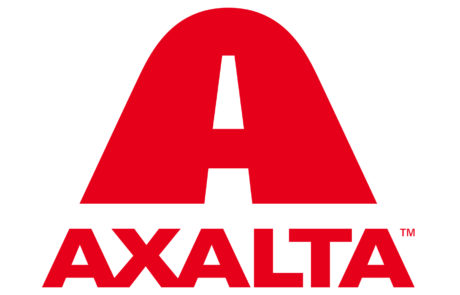

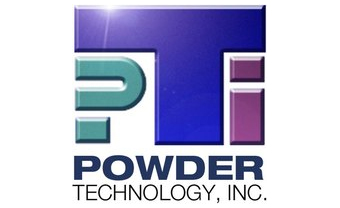

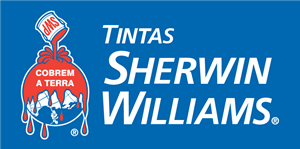

- You are here:
- Home




